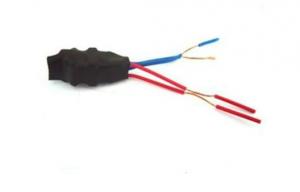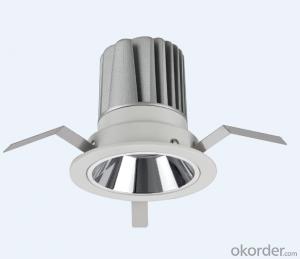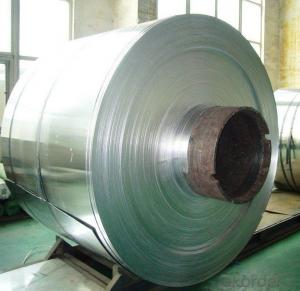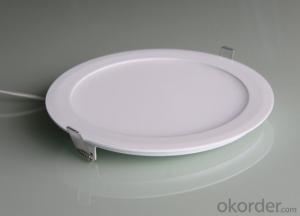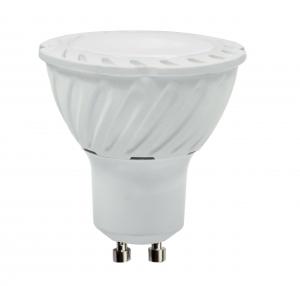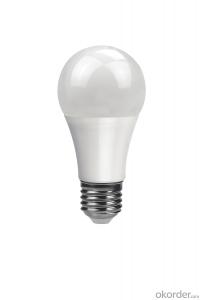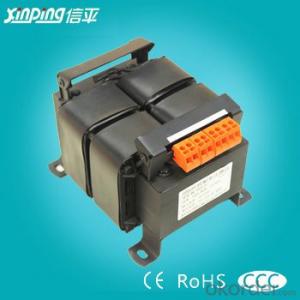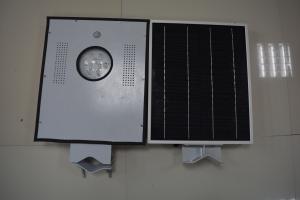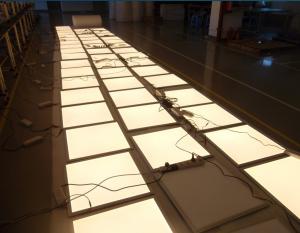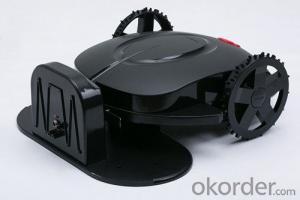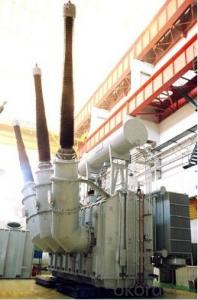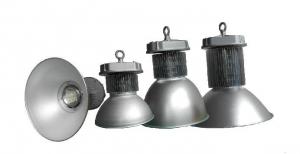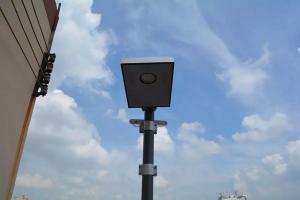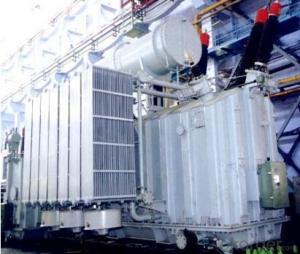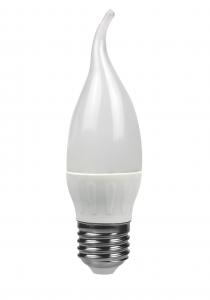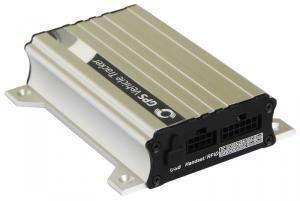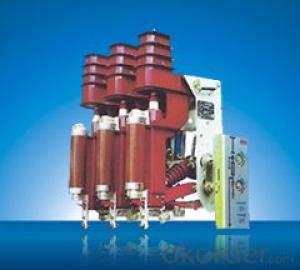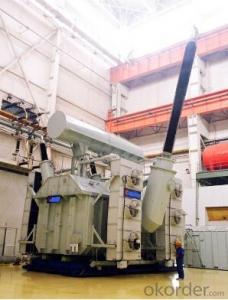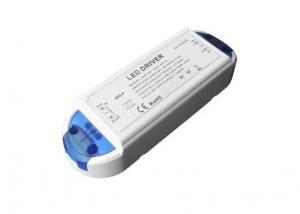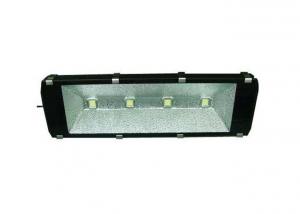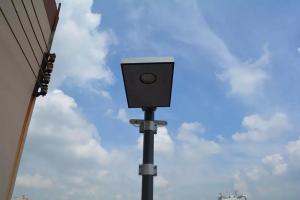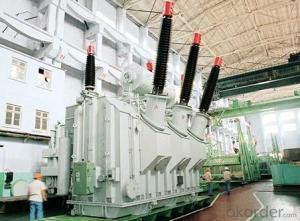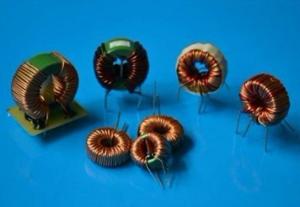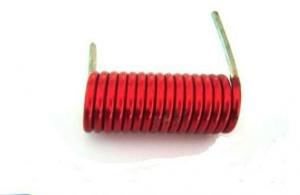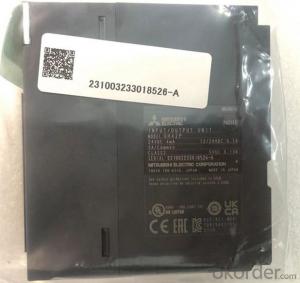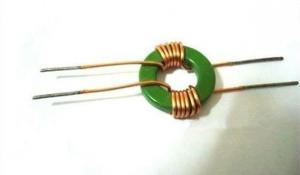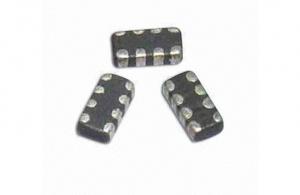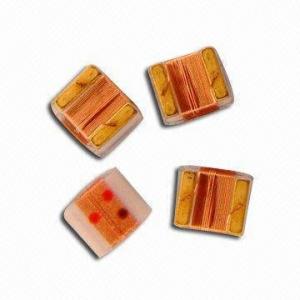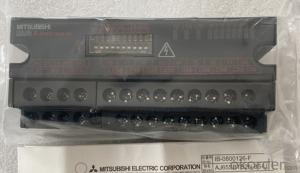Led Electronic Transformer
Led Electronic Transformer Related Searches
Grill With Led Light Bar Light Fixture With Chain Blu Ray Player With Recorder Blu Ray Player With Internet Steel Column Connection To Foundation Grinding Wheels Come In Grades From Coarse To Dodge Ram Led Light Bar Grill Led House Light Fixtures Small Led Light Fixtures Intellibrite Led Pool LightHot Searches
Buy Electronic Parts Online Electronic Parts Online Shopping Electronic Cables Online High Mast Light Specification Led Light Manufacturers Led Headlight Manufacturers Pool Light Installation Cost Led Light Manufacturers Samsung Mobile Accessories Price List Led Headlight Manufacturers Cost To Waterproof A Basement Best Grinder To Buy Best Nuts To Buy Best Place To Buy Flashlights Cost To Install Frp Panels I Want To Buy A House Cost To Hire Scaffolding Cheapest Place To Buy Plywood Medical Supply Store Close To Me Cost To Aerate LawnLed Electronic Transformer Supplier & Manufacturer from China
Okorder.com is a professional Led Electronic Transformer supplier & manufacturer, offers integrated one-stop services including real-time quoting and online cargo tracking. We are funded by CNBM Group, a Fortune 500 enterprise and the largest Led Electronic Transformer firm in China.Hot Products
FAQ
- For an ideal conductor in an ac circuit explain why the voltage across the inductor must be zero when the current is at the maximum
- I would answer as i know: From equation V L (di/dt), it tells us something. The nature phenomenon of an ideal or any practical inductor is that it will protect current not to change rapidly.For example, if the current at first condition is 5 Amp. but suddenly you increase it to 6 Amp. the inductor will act aginst the change so it will increase by some amount of time not suddenly increase.The time depend on many factors-induction,etc. At the maximum point of waveform,the current is quite constant.So,it's not nessessary for the inductor to act against the current.The Vol. so would Zero. Does this help?
- Help! I am having trouble trying to compute the inductor current changes in a parallel R (1Kohms), and L (1mH). They are being driven by a current source of 1A. How do I verify that the current flows in the inductor changes by 63% of its initial value in one time constant.Also, How to,1. Analytical derivation of voltage and current across L2. How the specific values of R and L affect the transient behavior of voltage and current across the inductor3. Compare the analytical solution with the numeric results (I used LT SPICE to successfully obtain the voltage and current waveform across R and L)any help on any of the questions, particularly, the 63% question and Q1 and Q2 would be greatly appreciated. Thanks.
- For this circuit, the current of the source is equal to the current through the resistor plus the inductor current. Therefore Ise/R+(1/L)integral(e dt), where e is the voltage across the current source. I'm not into solving equations like this any more, but the solution will be something like eI R e^-t/T where TL/R. e^-1.368 and 1-.36863.2%.
- I can't find ferrite beads in the local market, can I disassemble normal ferrite inductors (coils) and use their cores as ferrite beads ?
- It's possible, but the inductance of the bead will be small compared to a typical core inductor. Use a very small core.
- An inductor has an impedance of 31.0 Ω and a resistance of 20.5 Ω at a frequency of 47.5 Hz. What is the inductance? (Model the inductor as an ideal inductor in series with a resistor.)? (in mH)
- Impedance Z √(R? + X??) 31? 20.5? + X?? X? 23.25 ohms X? 2πfL 23.25 2π(47.5)L L 0.0779 H or 78 mH .
- A resistor, capacitor, and inductor are connected in series across an AC generator. Which of the following statements is true? a. All the power is lost in the capacitor.b. All the power is lost in the resistor.c. Power is lost in all three elements.d. All the power is lost in the inductor.
- If these are the only choices, C is the most correct answer. This is due to an Electrical phenomenon called Impedance. Impedance in AC Circuits because of interaction between Resistors, Capacitors and Inductors is similar to resistance in DC Circuits. Whenever you have all three (resistance, capacitance, inductance) in an AC Circuit you will have currents due to Impedance and therefore all elements cause power to be lost.
- Calculate the impedance of the circuit if the source frequency is 60 Hz and when it is 6.9*10^4 Hz
- R30 x 10^3 ohms L80 x 10^6 henry f60hz omega2(pi)f120(pi) impedence by inductoromega*L impedence by resistorR total impedenceroot of(R(square) + Omega*L(square))
- Explain the difference between the two quantities.
- In a DC circuit the resistance of the componets you speak of are constant: the resistnce, R, will have a value of R Ohms; the capacitance, C, normally has a very high value, say, many Meg ohms; and the Inductor, L, is generally a lowish resistance. In AC circuits however, the resistance of both the capacitor and the inductor change depending on the frequency of the applied ac signal, while that of the resistor, R, still remains constant. It's because the resistance of the capacitor and inductor now depends upon the frequency of the signal that we give it a different name- we call it Reactance. We say that the capacitor has capacitive reactance and the inductor has inductive reactance; both of which are measured in ohms.
- I understand that power is that rate at which work is done and that because of this the power is equal to d/dt (1/2Li^2). I also understand that the power is also equal to Li di/dt since Ldi/dt is v and v*i is power. I understand that since the power is equal to both of these equations that they are equal to each other. The part that I don't get is mathematically how to get from one to the other.
- you have written the steps yourself, from what i can tell d/dt [ (1/2)Li^2 ]. L is constant, i d/dt [ q(t) ], not constant using the power rule for differentiation d/dt [ (1/2)Li^2 ] (2)(1/2)Li*(di/dt). implicit differentiation if that step did not make sense, review the calculus techniques from first semester calc,, i dq/dt v -dΦ/dt -d/dt ( BAcosθ ) || B || (μ0 / 4π) * i visualize the charge (q) running through wire approaching inductor, as it flows into the coil, a B-field is induced, which tries to resist the CHANGE in current, this is where the work occurs
